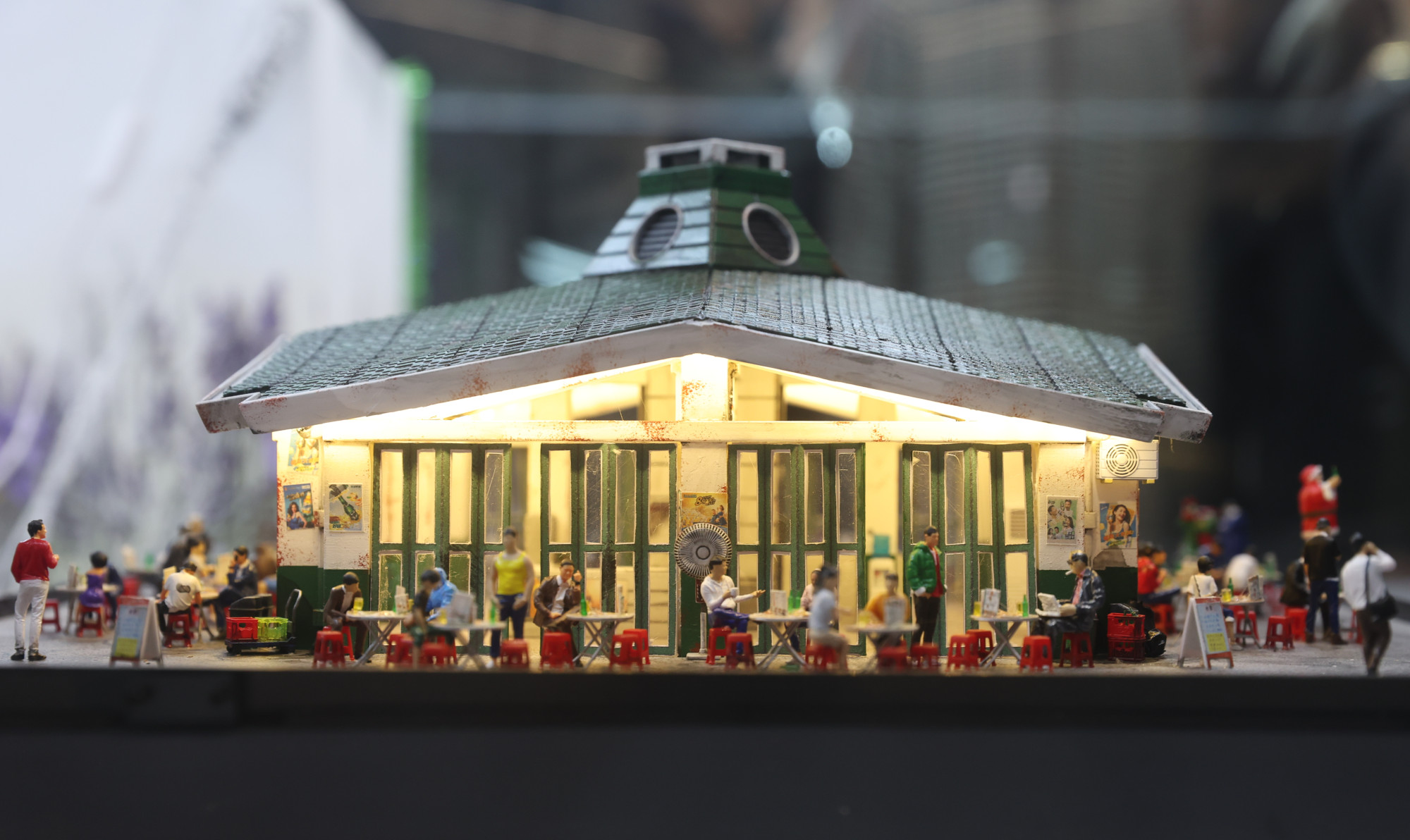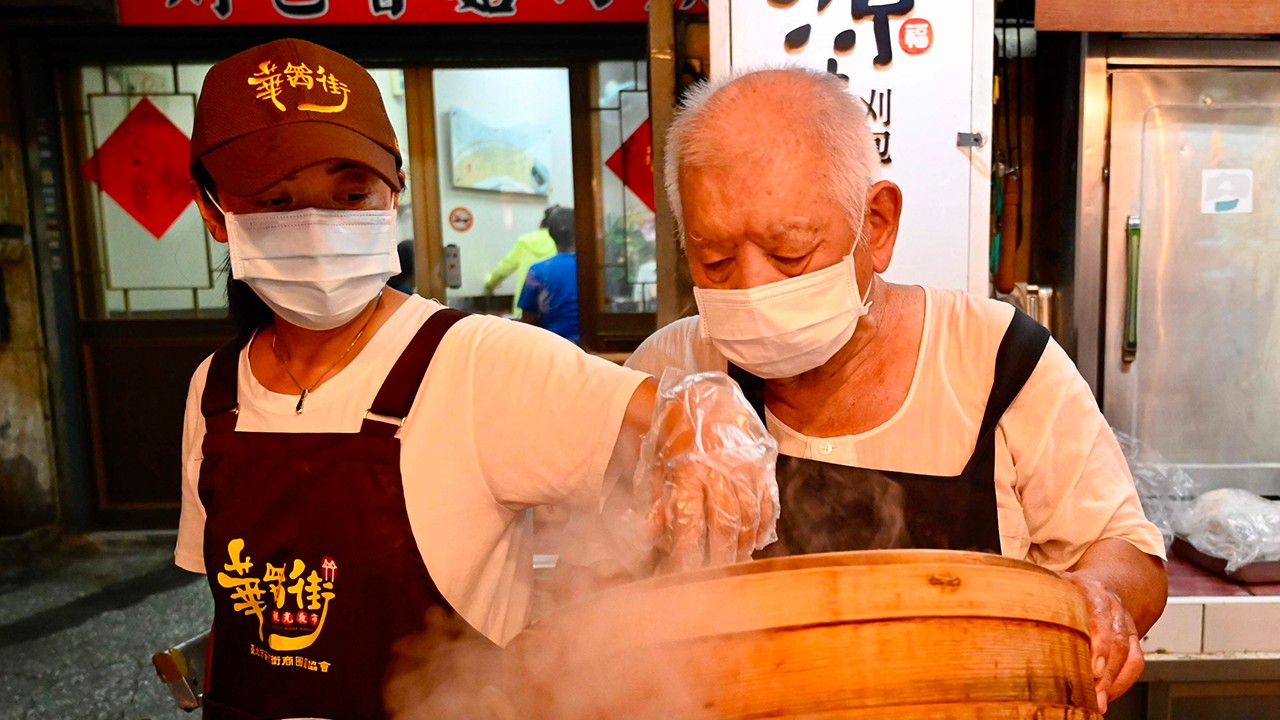
To boost nightlife tourism, why not promote Hong Kong’s dai pai dong?
- In a city that never sleeps, instead of looking to organise new nightlife attractions, it makes more sense to highlight the ones that already exist as recognisable parts of local culture
While it is admirable of the government to try and keep the momentum of economic recovery going, Chan’s proposal has drawn questions about the profitability of new businesses and increased competition for already struggling restaurants.
The proposal’s biggest drawback is that it seems to have overlooked Hong Kong’s vibrant local culture and natural charm. Instead of a new night bazaar hosted by the government, why not look at what the city already has?
It is a symbol of Hong Kong’s embrace of the liberal Western lifestyle even as the city kept its Chinese cultural roots.
But while clearly beloved by Hongkongers, dai pai dong and food bazaars seem to be seen by the government more as a subject to be managed than an attraction to be promoted. Other than a brief mention in 2017 that the Hong Kong Tourism Board was open to the idea of promoting dai pai dong and cooked food centres, little has been done since.

Asian cities are famous for their nightlife, from the after-dark bustle of Tokyo’s Shinjuku to the night markets in Taipei. Travel destinations in their own right, these are lively pockets of local culture and tradition that did not emerge as a result of careful government planning.
These places attract tourists because they tell a story. If the Hong Kong government wants to boost the city’s nightlife, it needs to first consider what kind of stories the city has to tell.
Like many of the best such tourist attractions, these markets had spontaneous, unplanned and humble beginnings that generated their own popularity and took off. By the time the government stepped in, there were already established markets and a thriving nightlife ready to be regulated and promoted.
Hong Kong has its own such attractions too: the dai pai dong and cooked food centres.
For many tourists, particularly those from mainland China, these are the colourful icons of Hong Kong’s streets, the familiar backdrop to so many Hong Kong films. For Hongkongers, these are the places they are most familiar with and enjoy.
Dai pai dong and cooked food centres are the perfect, ready-made candidates for the government to promote as after-dark attractions.
What the government should do is to to look at the features of Hong Kong culture that it manages, and in the case of dai pai dong and cooked food centres, appreciate them as unique reflections of cultural charm – and resist the tendency to dismiss them as lowbrow.
This is the perfect chance for the government to revisit the idea of dai pai dong and food bazaars as tourist attractions. In doing so, it must reconsider what story it wants to tell about Hong Kong’s nightlife – and what that says about the lives of Hongkongers.
John Hanzhang Ye is a PhD student in science and technology history at the University of Minnesota, Twin Cities and also holds an MPhil degree in sociology from the Chinese University of Hong Kong



